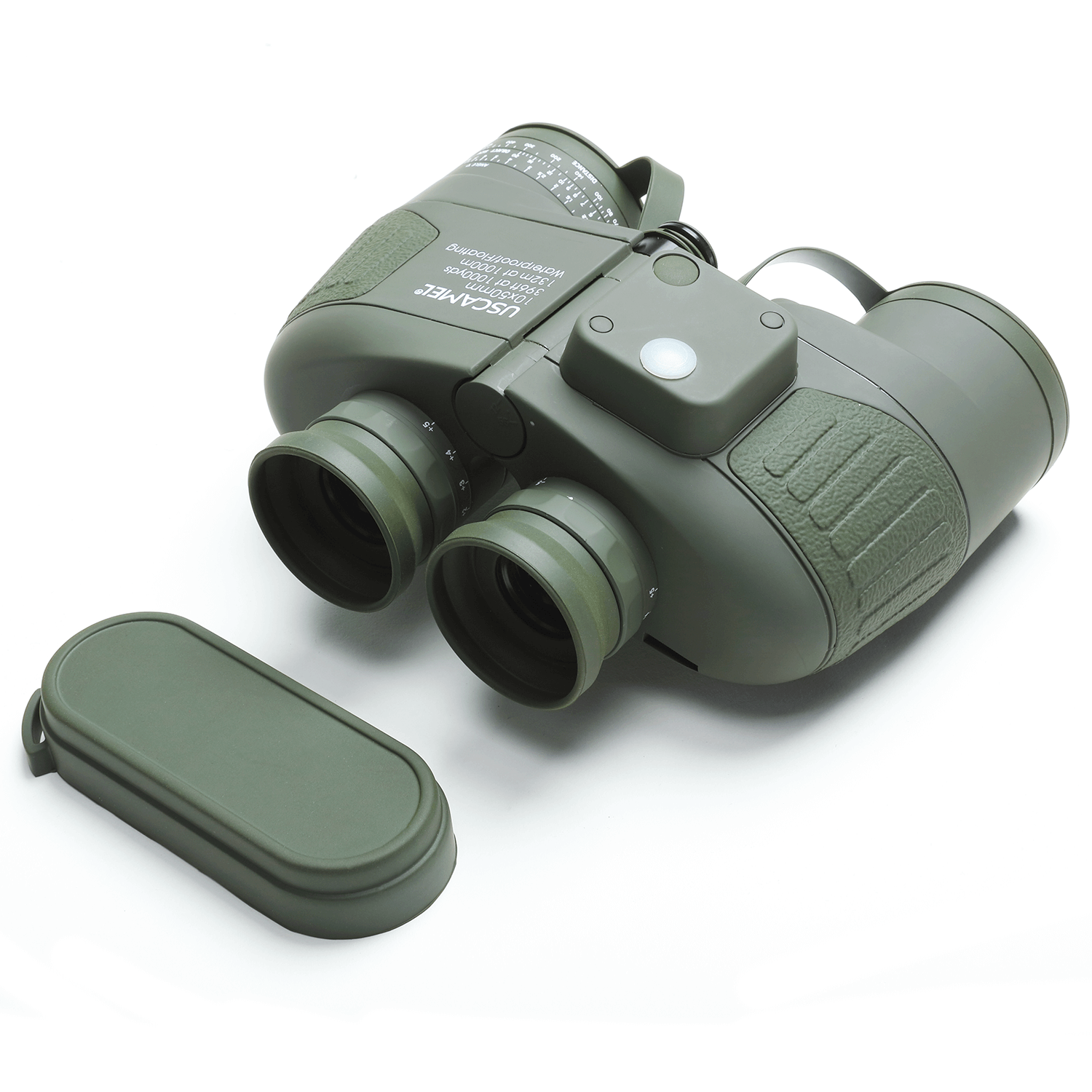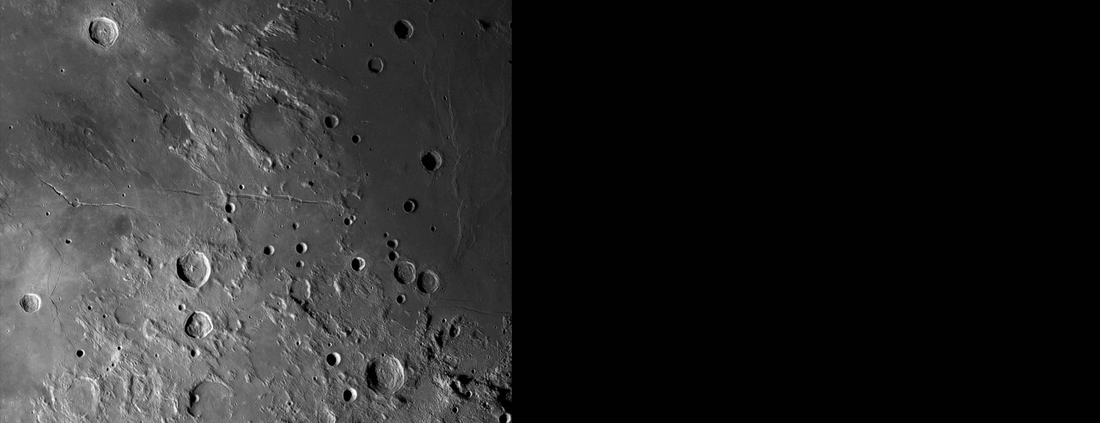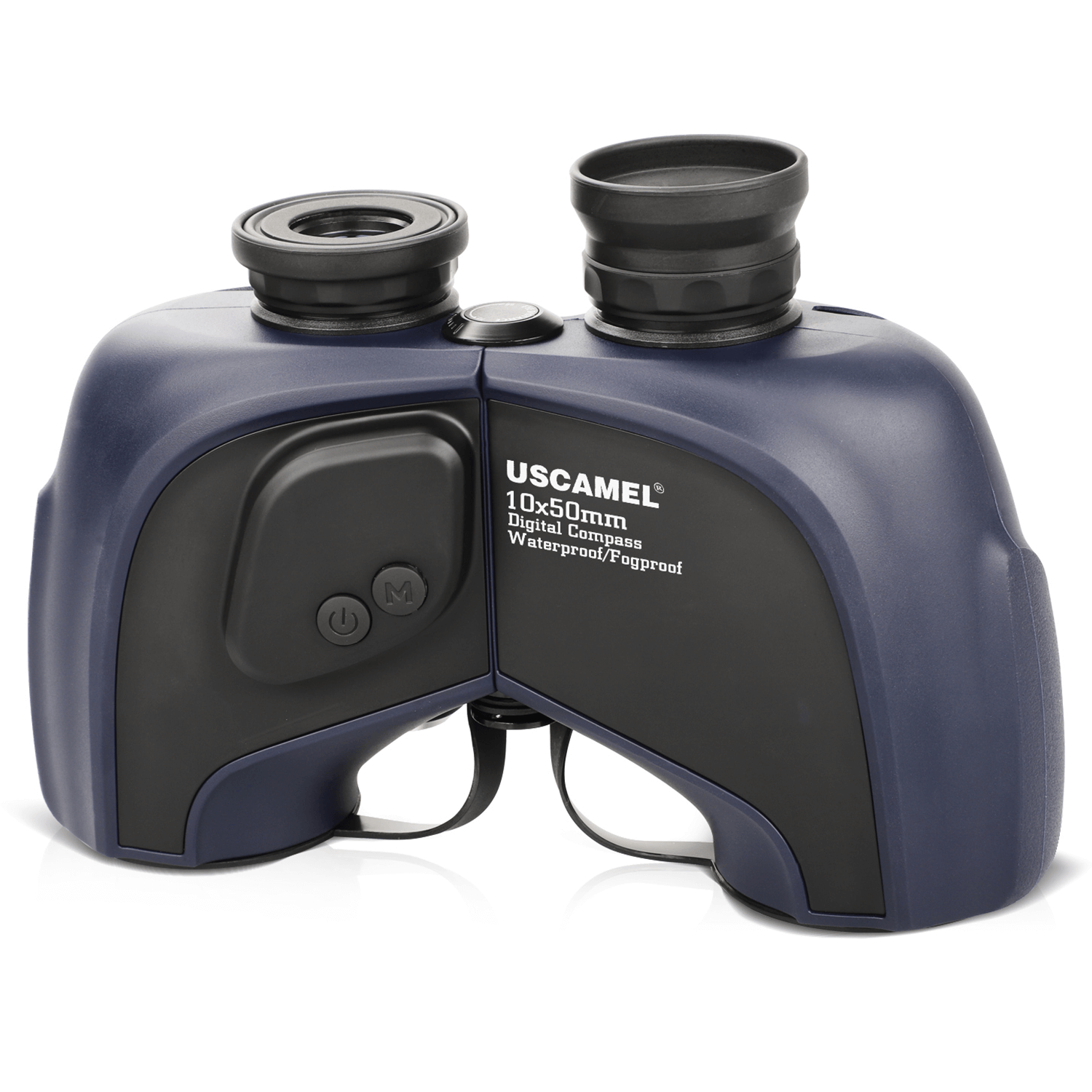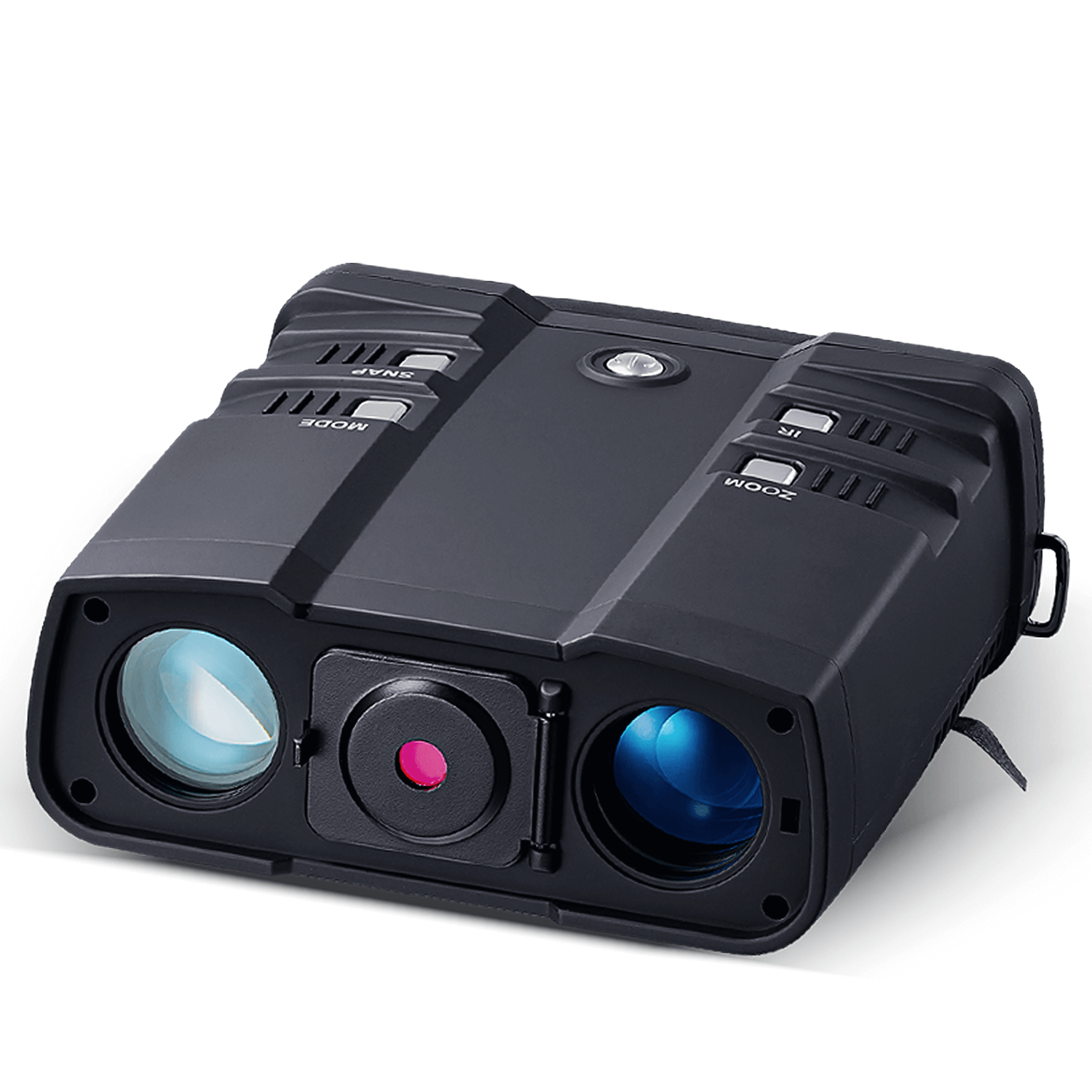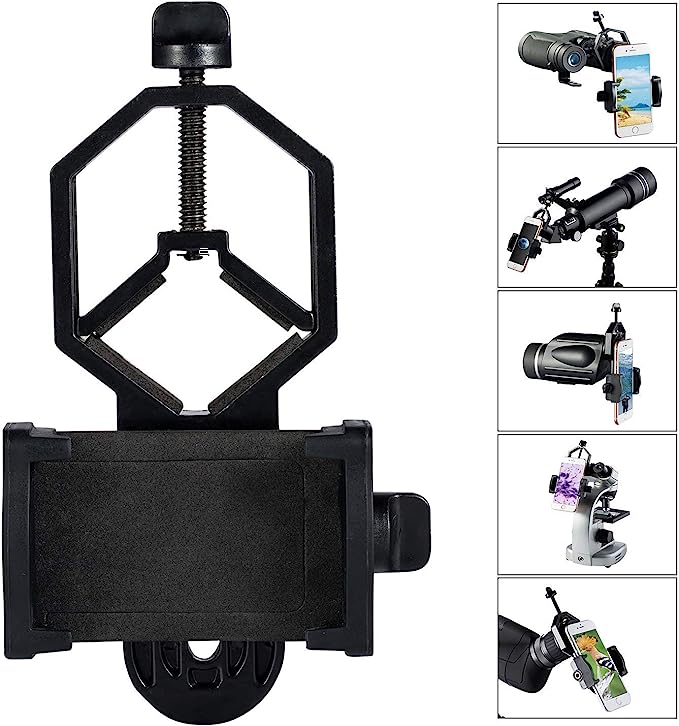The Moon is a fascinating celestial body, and its features are no exception. The lunar surface is dotted with craters and broad maria, but the cracks and channels, known as rilles, add a unique touch to the already intriguing landscape. The rilles are Latin for "Rima" or "Rimae" if there are multiple cracks in the surface. This view of the Moon showcases three of the four different types of rilles.
At the center of the image is the 220 kilometer long Rima Ariadeaeus, which cuts diagonally across the Moon's surface. This rille is an example of a linear rille and is created by tectonic faults in the lunar crust. Linear rilles, like Rimae Hypatia, are also visible near the famous Apollo 11 landing site on Mare Tranquillitatis.
To the northeast of Ariadeaeus lies the Rima Hyginus, which appears in the shape of a gull's wing. This rille is an example of a volcanic rille and the small crater at its center, Hyginus crater, is one of the few craters on the Moon that is not of impact origin. Instead, Hyginus crater is a volcanic collapse pit and a number of smaller volcanic pits can be seen along the length of Rima Hyginus.
Finally, the tangled jumble of Rimae Triesnecker is an example of irregular branching rilles. These features add an element of mystery and intrigue to the lunar surface, and future missions to the Moon may help shed light on the formation and evolution of these fascinating features.
